No description yet: Can you help?
State: LEAST CONCERNED
Extension, T.Shevchenko University
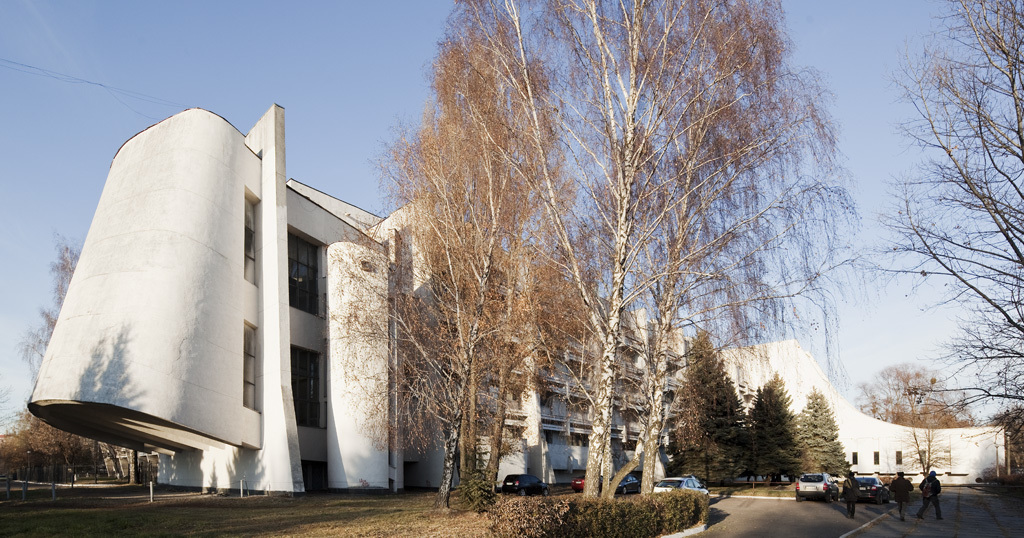
No description yet: Can you help?
Eastern City Gates (Isto?ne Kapije)
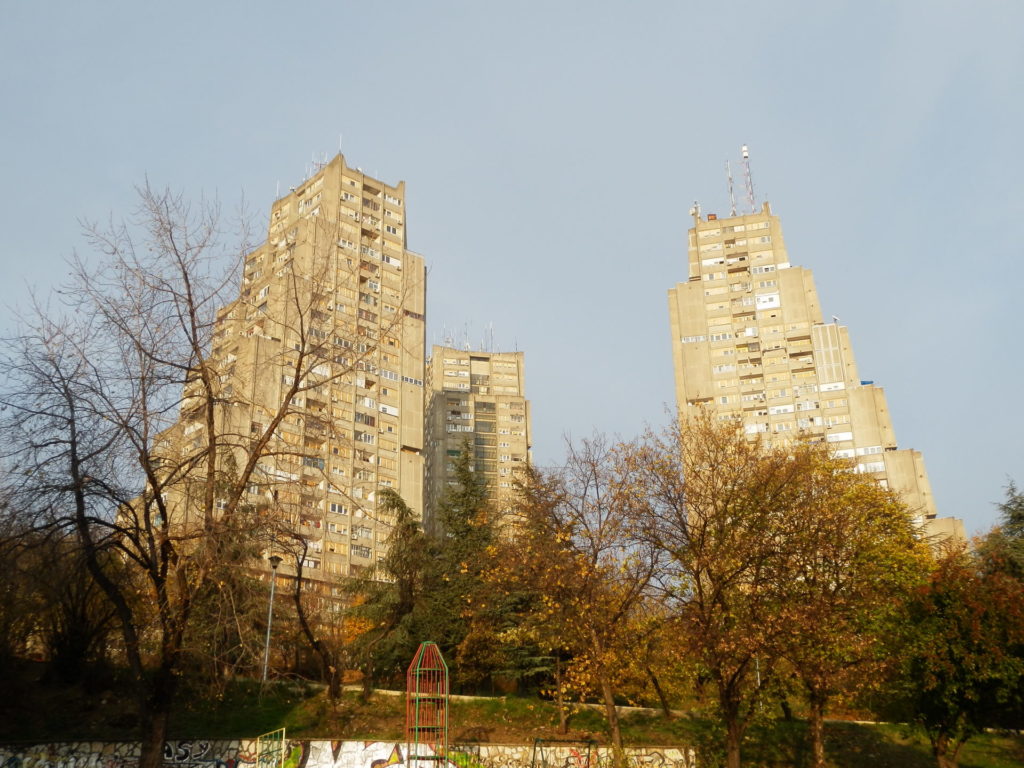
No description yet: Can you help?
Lincoln Executive Plaza (today Daily Herald Building)
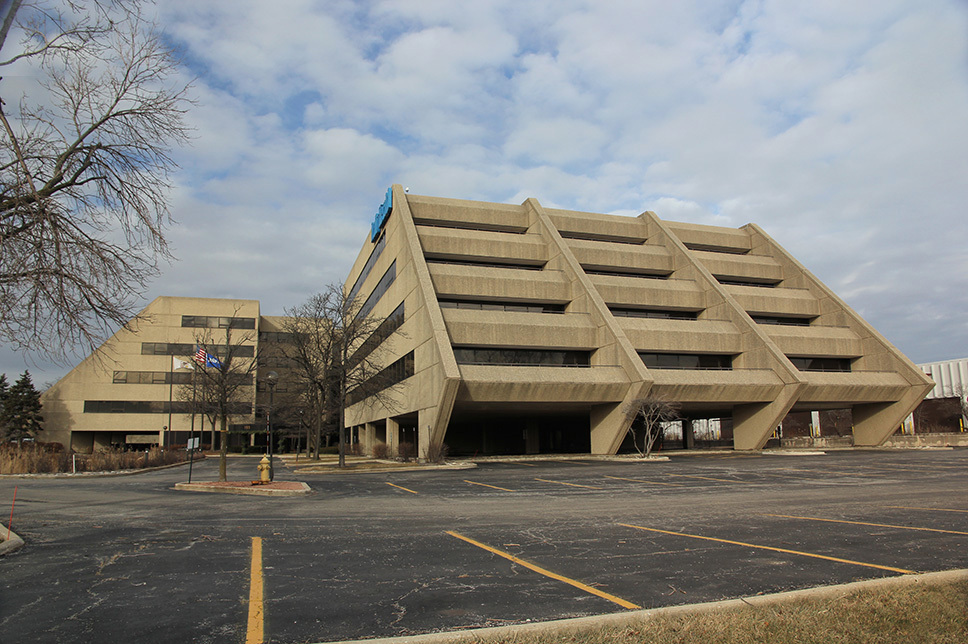
(Special thanks to Kimon Daltas)
Jaú Bus Terminal (Estação Rodoviária de Jaú)
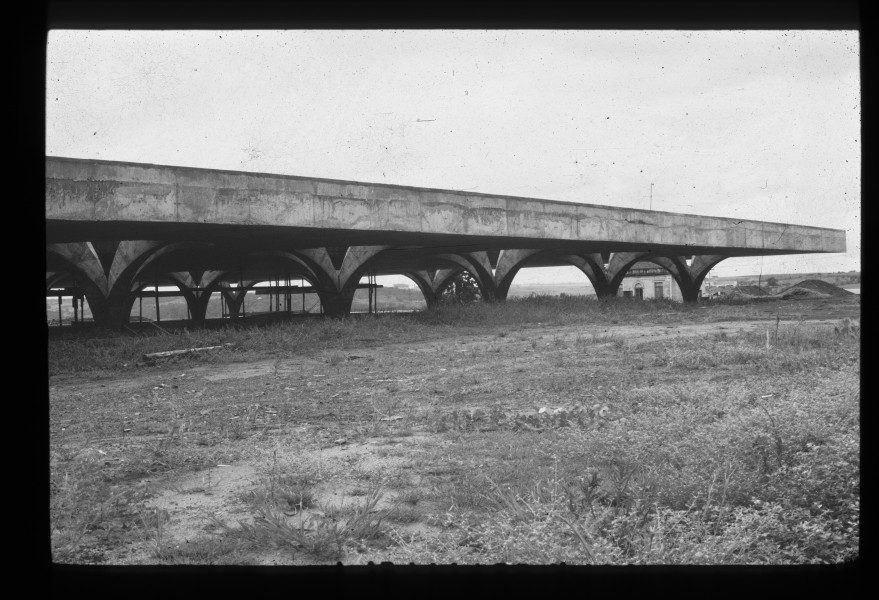
No description yet: Can you help?
House of Press (today Sharq Publishing)
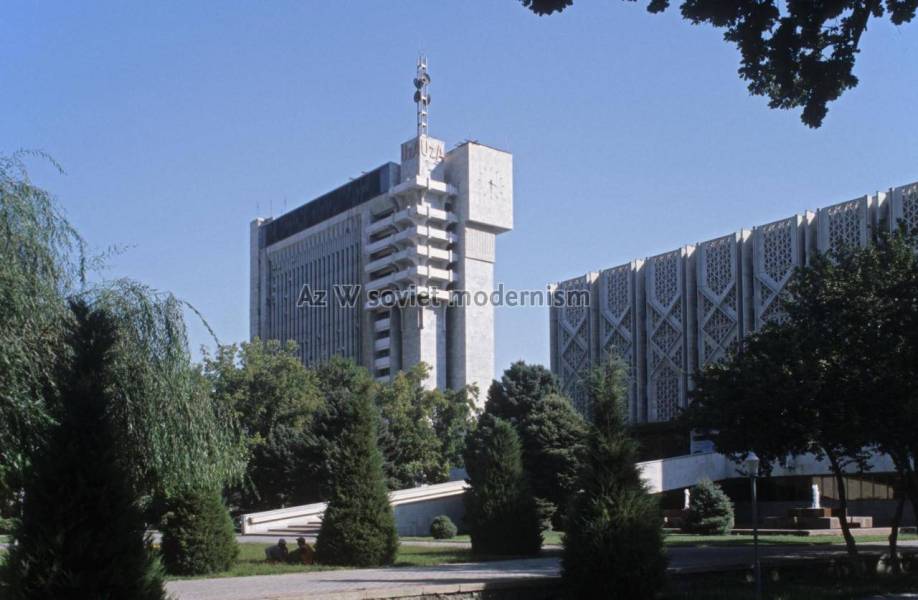
No description yet: Can you help?
Saddam Hussein Gymnasium (today: Baghdad Gymnasium)
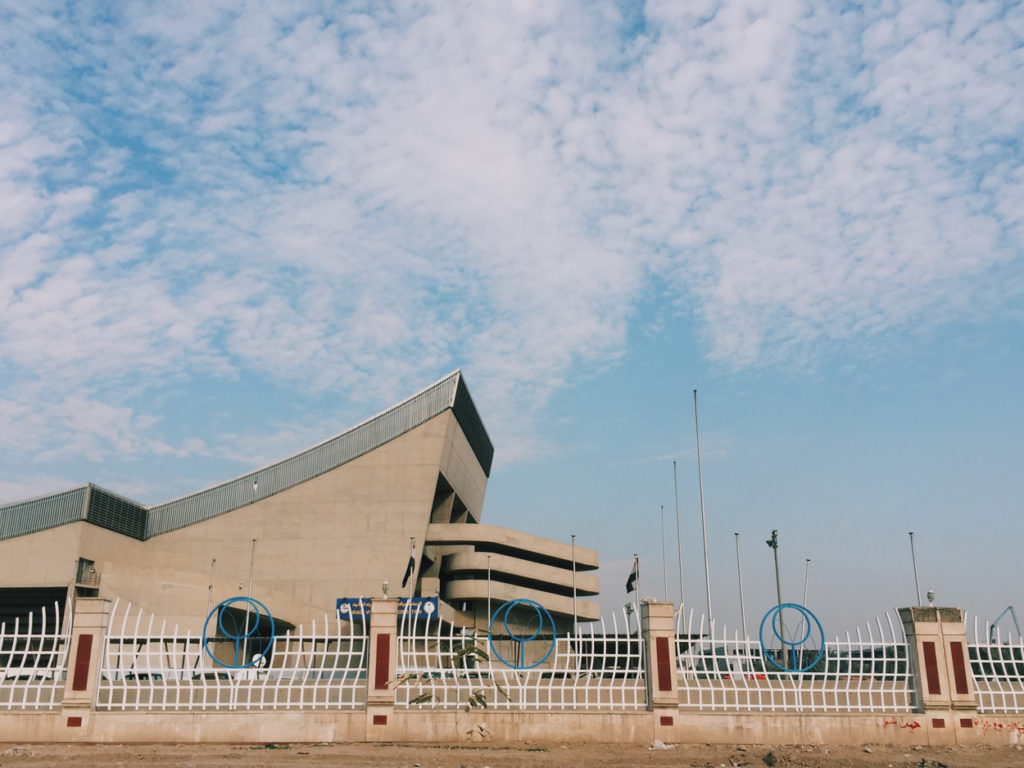
Planned by Le Corbusier for King Faisal II, but then not realized after the latter was overthrown. It was Saddam Hussein who had the building constructed in exposed concrete in 1978–1980, whereby the project was managed by Le Corbusier’s erstwhile s…
Vilas Communication Hall, University of Wisconsin
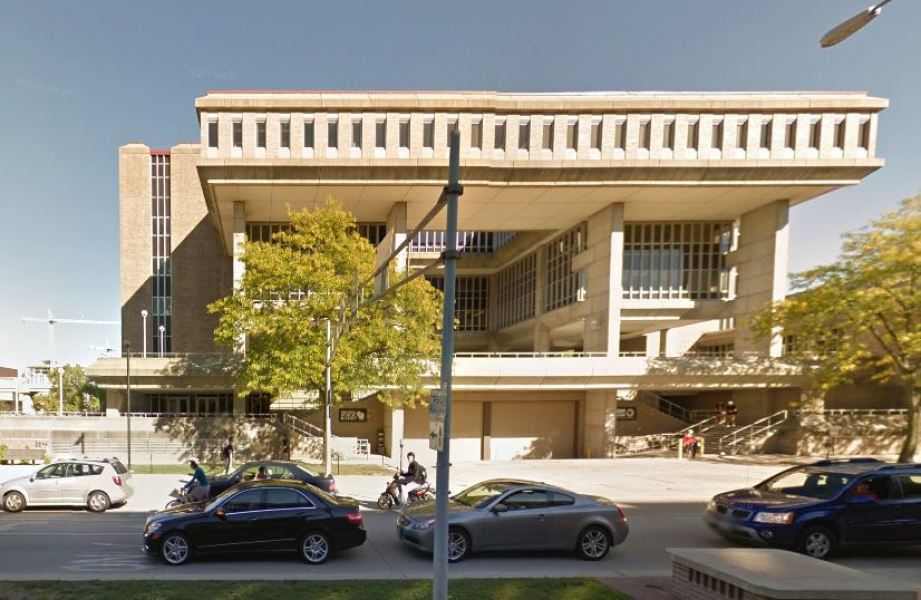
Like the adjacent Mosse Humanities Building, which is connected with a footbridge, the Vilas Communication Hall follows a Brutalist design language as well. However, here it is executed in a more monumental way. Multiple interjoined volumes form a vigor…
Fine Arts Center, University of Massachusetts
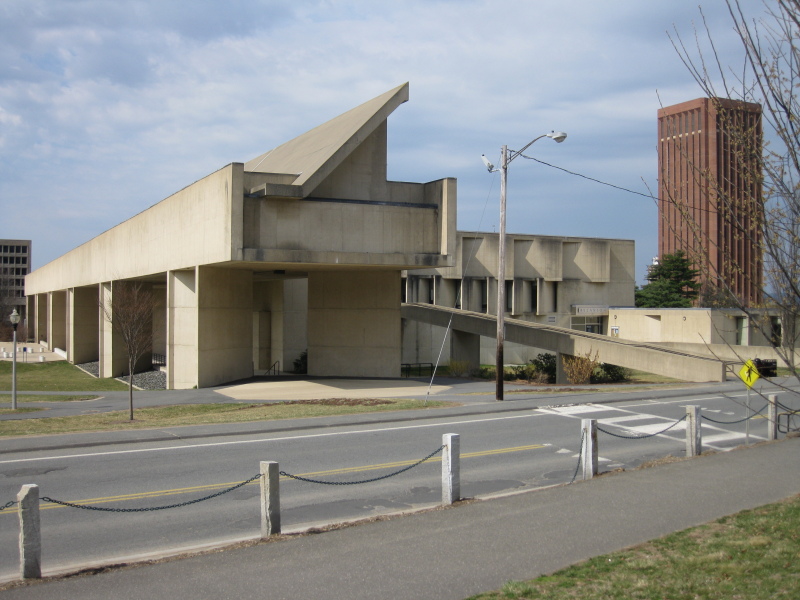
No description yet: Can you help?
Raymond Hillard Homes
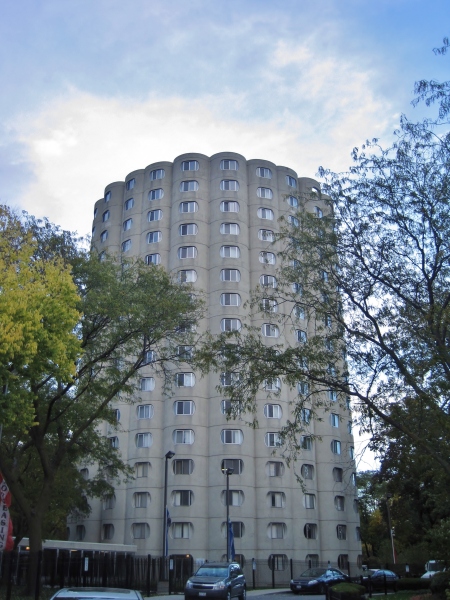
No description yet: Can you help?
Torres Blancas
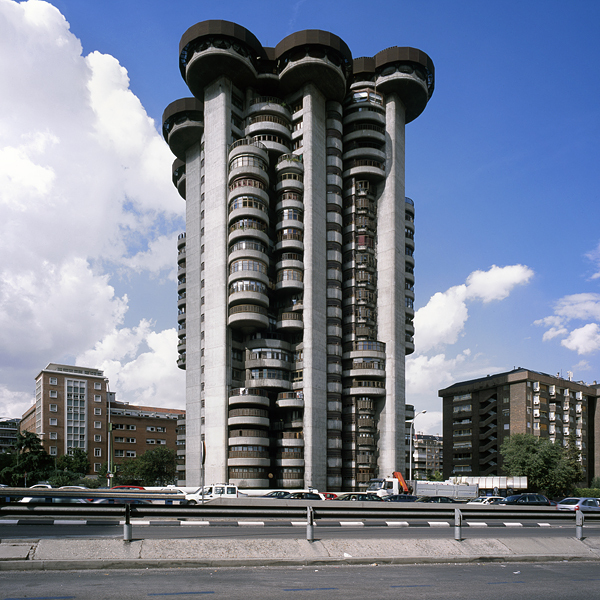
Originally, the plans included two towers. The building relies on the metaphor of a growing tree and is considered the most prominent example of organic architecture in Spain.
Knights of Columbus Museum

No description yet: Can you help?
Boeskay Houses
Inspired by the Maison Jaoul exposed concrete levels are combined with brick walls. However, unlike Le Corbusier’s project, the walls are not supporting. Incorporating local traditions the six single houses are arranged around a large central courtyard.
Dewan Tunku Canselor, Universiti Malaya
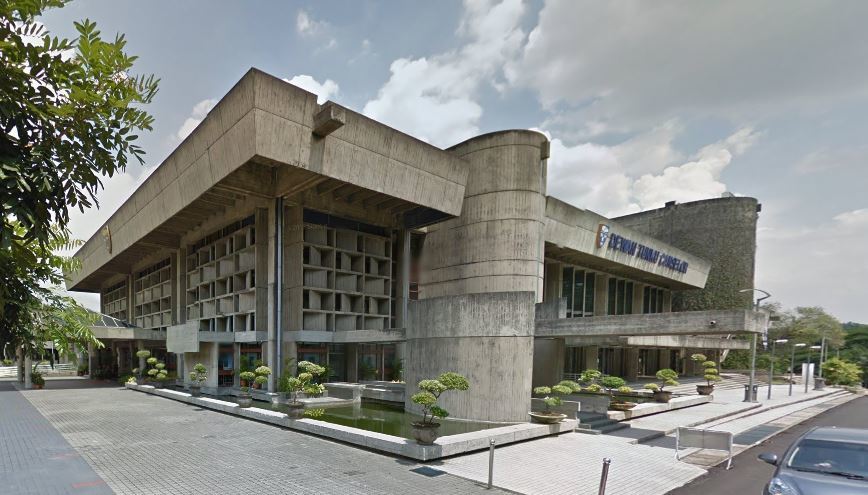
No description yet: Can you help?
Towson Library

No description yet: Can you help?
Volksschule Dopschstraße
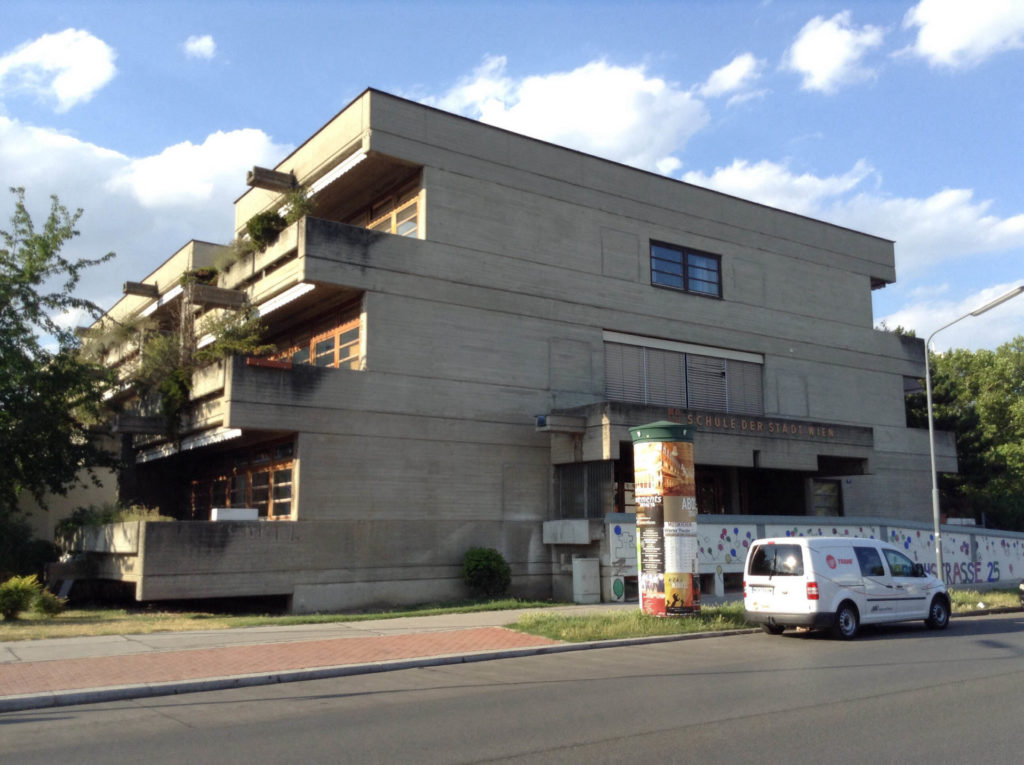
The school with its exposed concrete facade and terraces follows the concept of a residence building—the planners wanted to keep the use flexible for the future, when they expected to have less children and no more need for this school in the developm…
Centro Cultural Universitario, National Autonomous University of Mexico (UNAM)
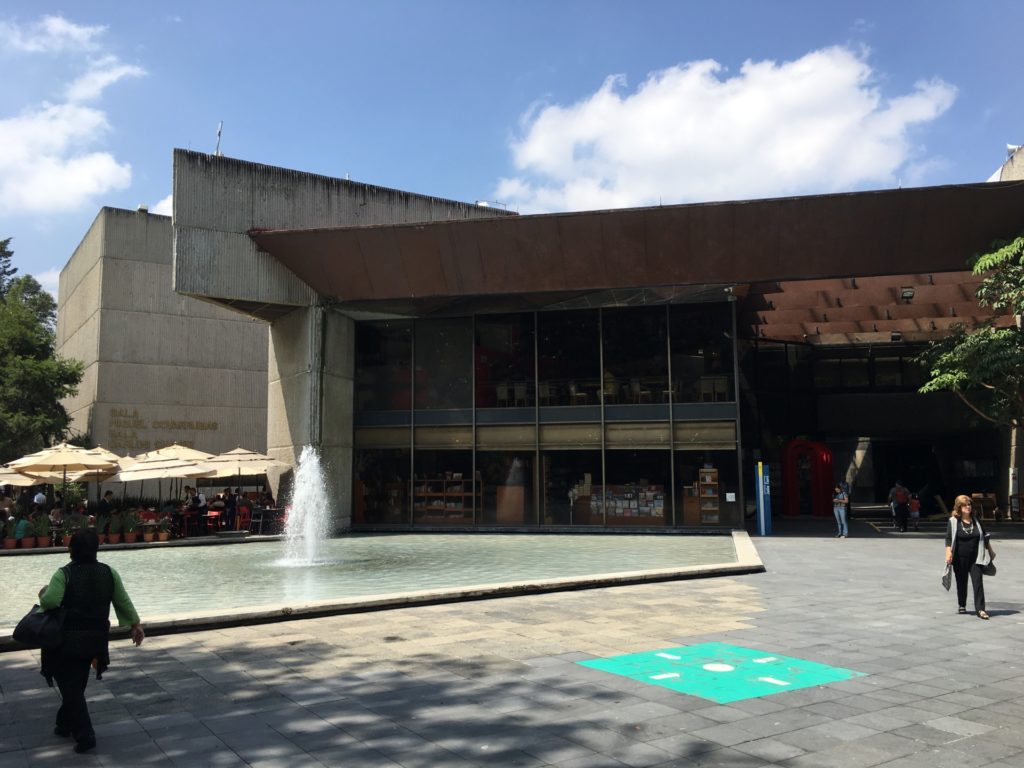
No description yet: Can you help?
Immeuble Vision 80
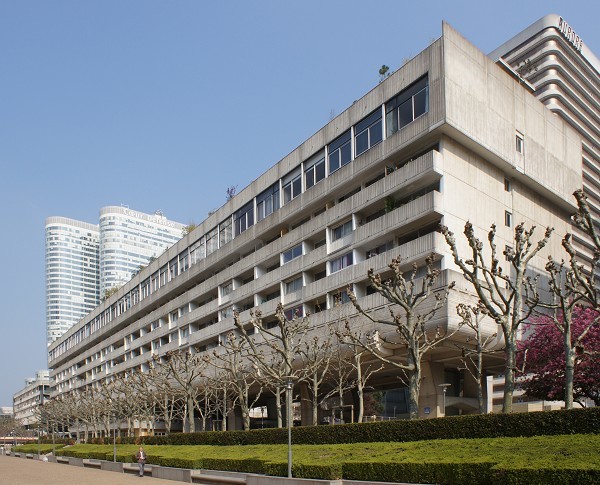
No description yet: Can you help?
Ferantov Vrt Residential and Commercial Complex
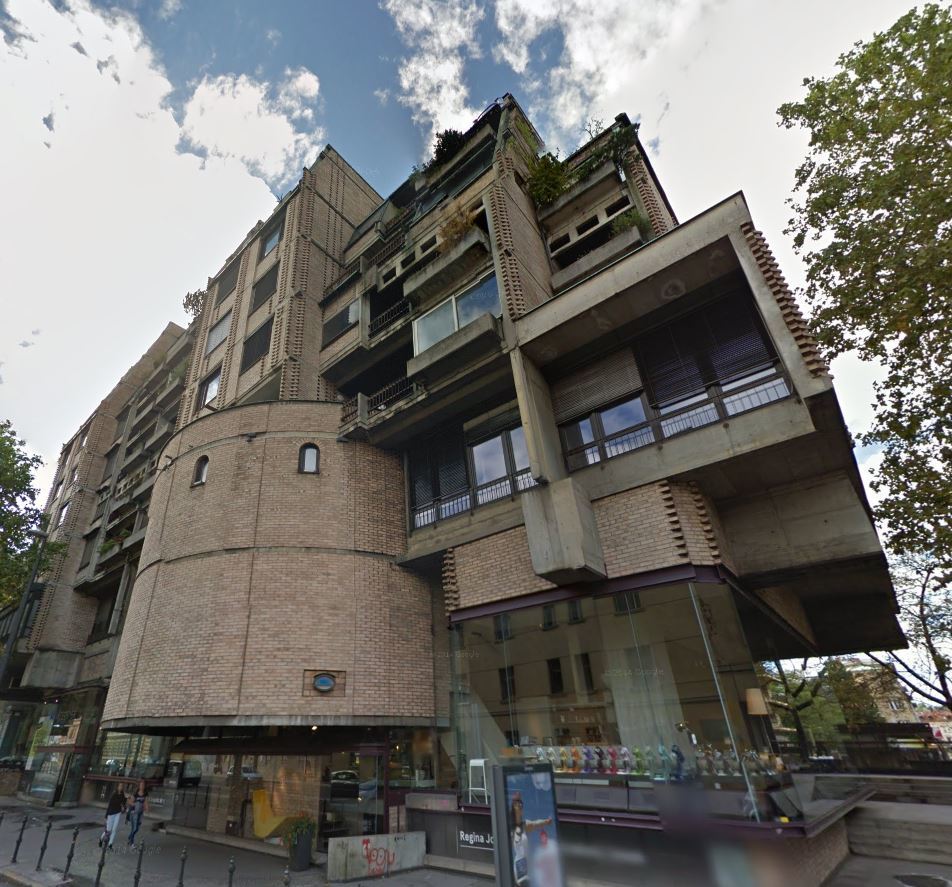
The complex comprises of multiple structures that span a whole block and incorporate two 19th century apartment buildings. The characteristic round section references a historic forum located there before. Although it is a mixed use project with shops a…
23rd Precinct, NYC Police Department / Engine Company No. 53, Ladder Company No. 43, 4th Division, NYC Fire Department
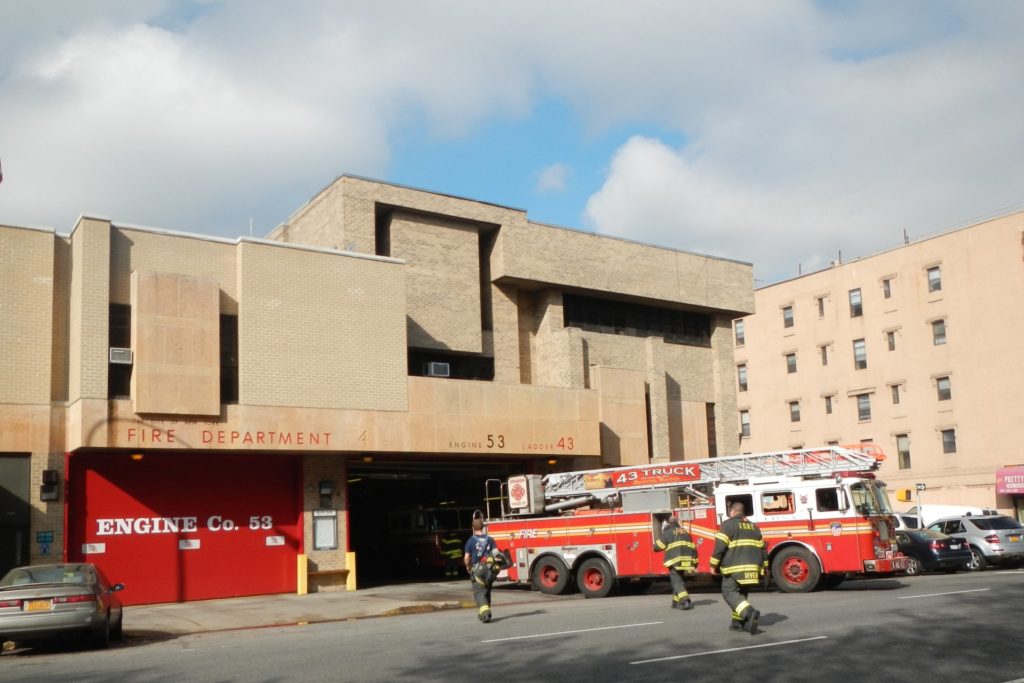
No description yet: Can you help?